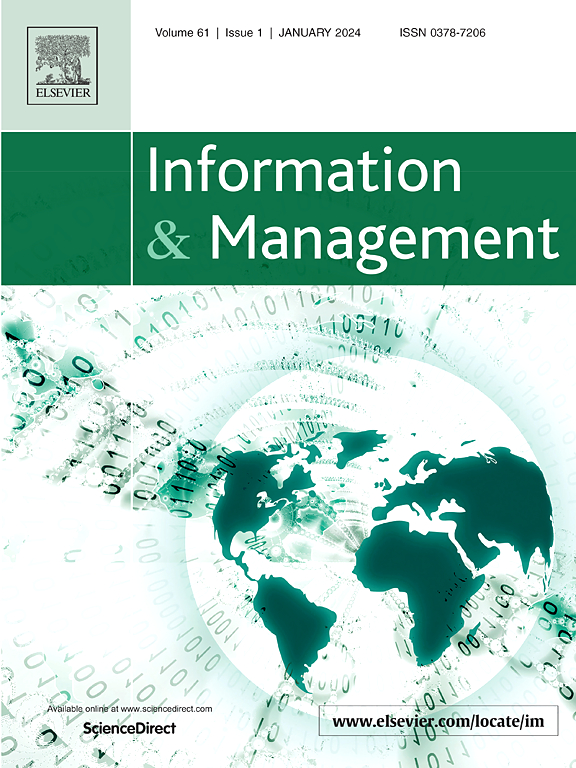How does buffering-bridging alignment influence supply chain resilience? A polynomial regression analysis
IF 8.2
2区 管理学
Q1 COMPUTER SCIENCE, INFORMATION SYSTEMS
引用次数: 0
Abstract
Although supply chain resilience has been suggested as a critical factor in coping with supply chain disruptions, our understanding of what factors influence supply chain resilience remains limited. Drawing upon resource orchestration theory, this study examines how a firm’s buffering-bridging alignment influences supply chain resilience and how this relationship is further moderated by the firm’s balanced and combined information technology (IT) capability. Using match-paired data from 531 Chinese firms, we employ polynomial regression analysis and response surface methodology to test our model. The findings reveal a positive relationship between buffering-bridging alignment and supply chain resilience, while a negative relationship between buffering-bridging misalignment and supply chain resilience. Furthermore, we find that balanced IT capability strengthens the positive relationship between buffering-bridging alignment and resilience yet exacerbates the negative relationship between buffering-bridging misalignment and resilience. However, we do not find a significant moderating role of combined IT capability on the relationship between buffering-bridging alignment or misalignment and supply chain resilience. This study represents one of the initial explorations into the impact of buffering-bridging alignment and structural IT capability on supply chain resilience, offering both theoretical insights and practical implications for the information systems and supply chain literature.
缓冲-桥接对齐如何影响供应链弹性?多项式回归分析
虽然供应链弹性已被认为是应对供应链中断的关键因素,但我们对影响供应链弹性的因素的理解仍然有限。利用资源编排理论,本研究考察了企业的缓冲-桥接对齐如何影响供应链弹性,以及这种关系如何被企业的平衡和组合信息技术(IT)能力进一步调节。利用531家中国企业的配对数据,我们采用多项式回归分析和响应面方法来检验我们的模型。研究发现,缓冲桥接与供应链弹性之间存在正相关关系,而缓冲桥接偏差与供应链弹性之间存在负相关关系。此外,我们发现平衡的IT能力增强了缓冲桥接一致性与弹性之间的正相关关系,但加剧了缓冲桥接偏差与弹性之间的负相关关系。然而,我们没有发现组合IT能力对缓冲-桥接对齐或错位与供应链弹性之间的关系有显著的调节作用。本研究代表了缓冲-桥接对齐和结构IT能力对供应链弹性影响的初步探索之一,为信息系统和供应链文献提供了理论见解和实践意义。
本文章由计算机程序翻译,如有差异,请以英文原文为准。
求助全文
约1分钟内获得全文
求助全文
来源期刊

Information & Management
工程技术-计算机:信息系统
CiteScore
17.90
自引率
6.10%
发文量
123
审稿时长
1 months
期刊介绍:
Information & Management is a publication that caters to researchers in the field of information systems as well as managers, professionals, administrators, and senior executives involved in designing, implementing, and managing Information Systems Applications.
 求助内容:
求助内容: 应助结果提醒方式:
应助结果提醒方式:


